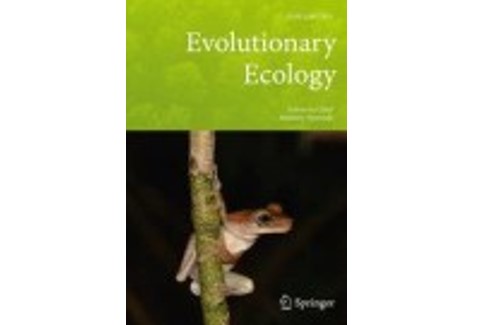Published in:Â Evolutionary Ecology
Authors:Â Alexis Rutschmann, Pierre de Villemereuil, Patricia Brekke, John G. Ewen, Neil Anderson and Anna W. Santure
Abstract:Â
In heterogeneous habitats, individuals sharing a larger part of their home-range are also likely to live in a very similar environment. This ‘common environment’ effect can generate phenotypic similarities between neighbours and lead to the structuring of phenotypes through the habitat. In this study, we used an intensely monitored population of hihi (or stitchbird, Notiomystis cincta) from New Zealand, to assess whether home-range overlap and genetic relatedness between birds could generate phenotypic resemblance for a wide panel of morphological and life-history traits. Using a multiple-matrix animal model approach to partition the phenotypic variance present in the population, we included a spatial matrix measuring home range overlap between birds and estimated the proportion of variance attributable to space sharing. We detected a clear contribution of space sharing to the overall phenotypic similarity for two traits: hatchling mass and laying date. We also confirmed the very low estimates of genetic heritability already found for this species. These results suggest that models including space sharing can offer further insight into the determinants of individual differences in phenotype. In particular, the spatial matrix helps to capture fine-scale variation of the environment that classic animal models would potentially miss or miss-assign. In this species, results also suggest that small but significant genetic heritability estimates are not upwardly biased by clustering of close relatives in space.
You can access the paper here
